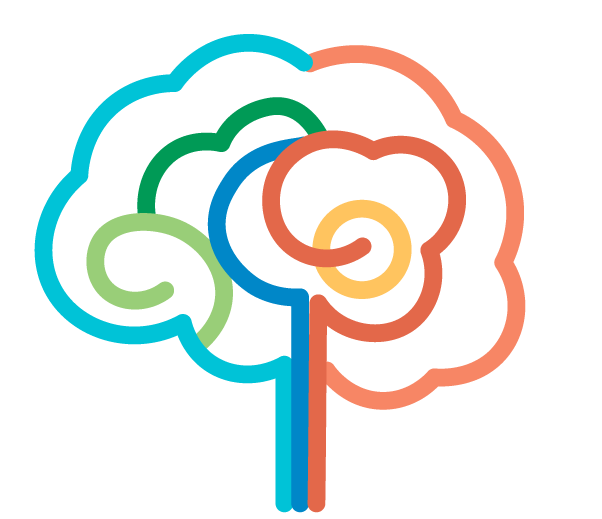THE GREATEST YIELD FROM DLBS IS YET TO COME.
Aging is a developmental process and the best way to study aging is by looking at change over time. We soon will have enrolled participants for 8 years or more. We will be able to see what neural footprint, collected 8 years earlier, predicts a healthy brain versus an unhealthy brain.
WHAT DO BRAIN PATTERNS IN MIDDLE AGED BRAIN PREDICT?
We expect those that have brains that look old will lose their cognitive function earlier.
PROTECTIVE FACTORS.
We are learning how high levels of education, an active lifestyle, sleep quality, and exercise play a role in protecting cognition from decline.
A RISK FACTOR: THE PLAQUES OF ALZHEIMER’S.
We will learn what predicts conversion to cognitive frailty and will have a front row seat to see the brain in transition to disease. We will be able to detail the impact of the amyloid on the brain over time. The DLBS will play a critical role in understanding whether biomarkers of Alzheimer’s early in life really predict future cognitive health. This will be important in targeting the right people early in life for interventions.
IMPORTANT INNOVATION ADDED TO THE DLBS: IMAGING THE TANGLES (TAU) OF ALZHEIMER’S DISEASE.
A technique to image the tangles (Tau) of Alzheimer’s Disease is a very recent scientific innovation. The Tau protein is believed by many to be considerably more toxic than amyloid. We are thrilled to be able to add this critically important innovation to the Dallas Lifespan Brain Study.
PARTICIPANTS KEEP ON COMING.
We have ~ 70% retention rate for our recent four-year test interval, which is remarkably high, suggesting the level of commitment and time our participants are willing to devote to this important project. The excellent retention rate is one of the things that make the Dallas Lifespan Brain Study so valuable and powerful.
